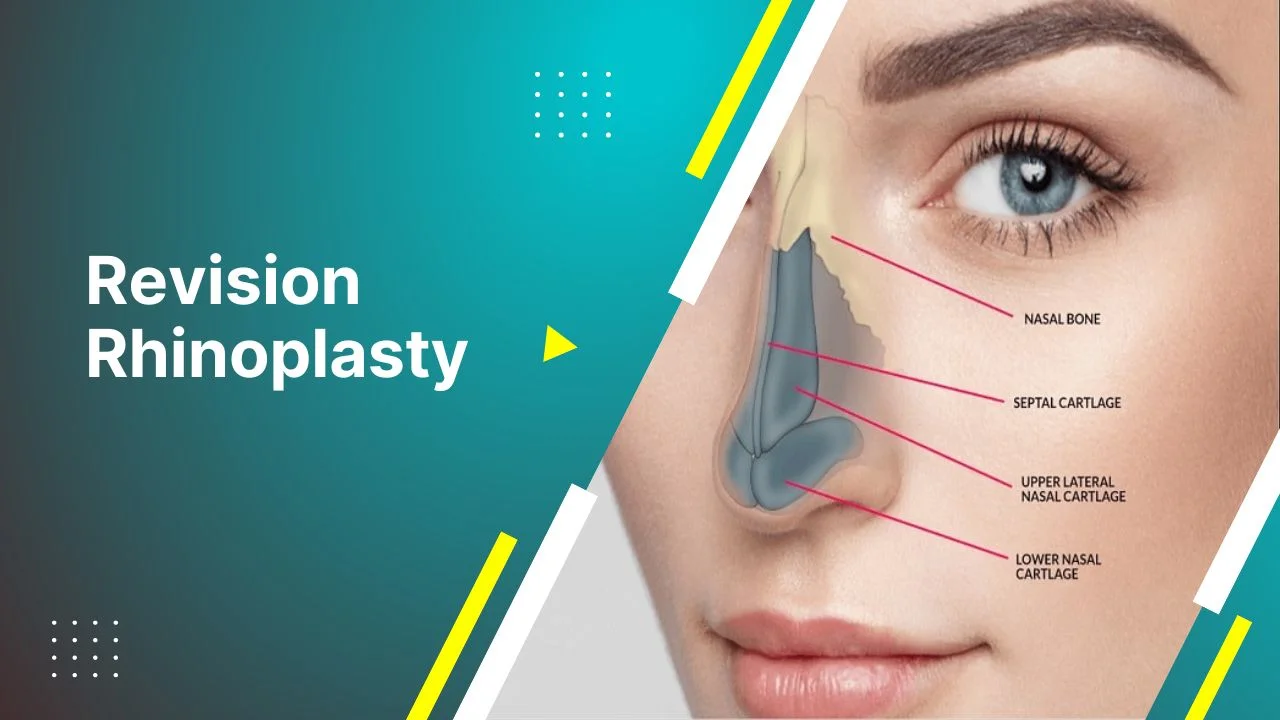Aesthetic surgery is a highly personal and transformative journey, with the potential to enhance not only physical appearance but also self-confidence and overall well-being. However, achieving the desired results requires more than just a skilled surgeon—it demands a personalized approach tailored to each individual’s unique features, goals, and health conditions. Personalized planning is key to ensuring that the chosen procedures align with the patient’s aesthetic aspirations while also considering their specific anatomy, lifestyle, and long-term outcomes. In this blog, we will explore why personalized planning is essential in aesthetic surgery and how it can lead to more natural, harmonious, and satisfying results. From initial consultation to post-surgery care, a customized approach allows patients to achieve their goals safely and effectively, enhancing both their appearance and quality of life.
Why Is Personalized Planning Essential in Aesthetic Procedures?
Personalized planning is crucial in aesthetic procedures because each individual has unique features, body structure, and goals. What works for one person may not produce the same results for another, which is why a one-size-fits-all approach is not effective in achieving the most natural and satisfying outcomes. Personalized planning ensures that the procedure is tailored to suit the patient’s specific anatomy, whether it’s adjusting the proportions for facial rejuvenation or considering skin elasticity for body contouring. Furthermore, it allows the surgeon to account for any pre-existing conditions, such as scarring or previous surgeries, to create a more realistic and effective treatment plan. By involving patients in the decision-making process, personalized planning also helps align expectations with achievable results, reducing the risk of dissatisfaction. Ultimately, this approach enhances both the physical outcome and the emotional experience of the patient, leading to a more confident, comfortable, and harmonious result.
Key Factors Considered in Personalized Aesthetic Surgery Planning
Personalized aesthetic surgery planning involves several key factors that are carefully considered to ensure optimal results. First and foremost, the patient’s goals and expectations are central to the process. Understanding what the patient hopes to achieve—whether it’s facial rejuvenation, body contouring, or breast augmentation—helps shape the treatment plan to meet those specific desires. Next, the patient’s unique anatomy is assessed, including features like bone structure, skin type, and muscle tone, all of which can influence how the body responds to surgery. For instance, certain face shapes or body proportions may require different techniques or adjustments. Medical history also plays a significant role; factors like existing health conditions, allergies, or previous surgeries must be considered to minimize risk and ensure healing. The age and lifestyle of the patient are equally important—older individuals may require different approaches than younger patients, and active lifestyles or certain job requirements may influence recovery times and procedural choices. Finally, surgical technique and technology are tailored to the patient’s needs, with modern innovations offering minimally invasive options, advanced imaging, and more precise results. By considering all of these elements, a customized plan can be created that balances safety, aesthetics, and long-term satisfaction.






